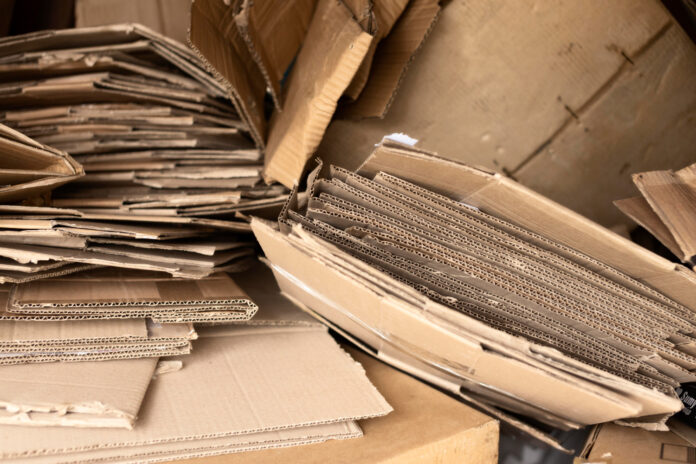“Pappedeckel” is a German word that translates to either “cardboard lid” or “cardboard cover.” This term refers to an object that has much depth to it concerning society, culture, and history.
1. The Meaning and Origin of the Word
“Pappe” means cardboard, while “deckel” refers to lid or cover. The term used to refer to a round piece of cardboard that was used to cover beer mugs in German beer gardens during the 19th and 20th centuries.
The term “pappedeckel” has evolved over the years, and in modern society, it is often used in a joking way to point out that the cover is used for something rudimentary and small.
2. Traditional Use in Beer Culture
Pappedeckels are often spotted being used in outdoor beer gardens in Germany.
These “simple lids,” as referred to by some, have the following functions:
- They filtered out contaminants such as insects or dust
- Commercialized breweries as an early means of advertisement by displaying their logos on the pappedeckel
- They are inexpensive, nonpolluting, and biodegradable
You can still spot some of them in traditional pubs in Germany, which use the pappedeckel to show off their beer tally.
3. Current Applications of Pappedeckel
Although their use has declined with contemporary hygiene practices and the advent of covered glassware, pappedeckel are still utilized in:
- For traditional beer festivals.
- In vintage-themed eateries.
- As mementos for visitors wishing to delve into the beer culture.
As coasters, pappedeckel are also used for scrapbooking and other creative DIY projects.
4. Humorous and Cultural References
As for Pappedeckel, in German slang, it can be used in a lighthearted or sarcastic manner:
While “Soße und Pappedeckel” quatsch means “silly nonsense or nonsense with sauce and cardboard lid”, it refers to something utterly absurd.
To unfunnily shrug off something as absolutely trivial.
5. Sustainability Aspect
Pappedeckel was ahead of the eco-friendly curve. Made of cardboard, they were light, compostable, and even reusable in some situations. Coupled with their simple design, pappedeckel makes sense in the face of today’s concerns about plastic pollution.
6. Collectors’ Interests
In pappedeckel’s and brews niche, highlighted with trophy pieces showcasing vintage brewery logos or uniquely printed filters, pappedeckel are now touted as sought-after pieces. They can be purchased at flea markets, antiquities stores, and on auction sites.
Frequently Asked Questions
1. What is the direct translation of pappedeckel in English?
It is a cardboard lid or cover used to cover beer mugs.
2. Are pappedeckels used today?
They are still used at traditional beer gardens, during Oktoberfest, and at themed restaurants, but primarily at these locations.
3. Are pappedeckels reusable?
They can be reused if kept clean, but are usually too inexpensive to justify the effort.
4. What was the function of pappedeckels in the past?
Pappedeckels served the dual function of keeping dirt, insects, and other debris out of the drinks while also providing a surface for advertising by breweries.
5. What are the eco-friendly features of pappedeckels?
They are eco-friendly as they are made out of carton, which is recyclable and biodegradable.
Closing Thoughts
Although the pappedeckel appears as a simple object, it is in reality a celebration of culture, particularly the German beer culture. It also illustrates how even the simplest of designs can serve a great purpose; in this case, a timeless impact.
